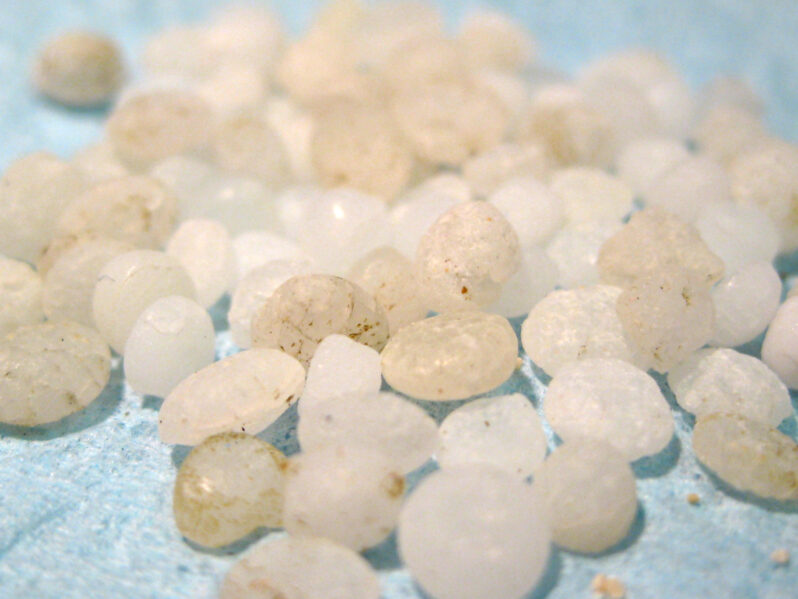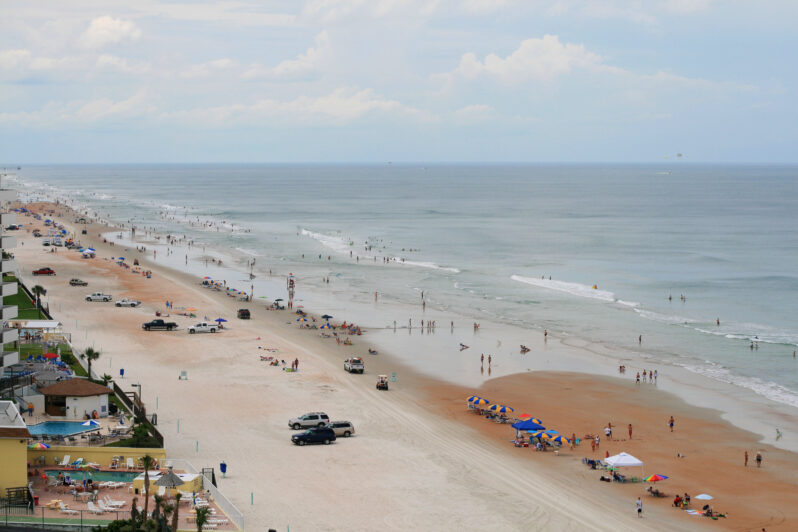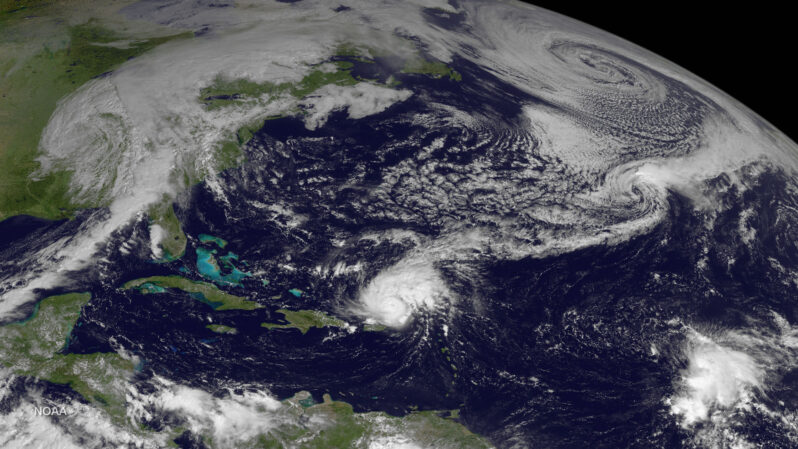Does the plastics industry support waste pickers? It’s complicated – Grist Magazine

The people who clean up the world’s trash say some companies’ statements of support are little more than lip service…
Is there a wrong way to talk about climate change? – Grist Magazine

In a provocative new book, Genevieve Guenther argues that too many conversations are happening on the fossil fuel industry’s terms….
How to create a ‘world without waste’? Here are the plastic industry’s ideas – Grist Magazine

A deep dive into the petrochemical industry’s proposals for the global plastics treaty….
The homeowner mutiny leaving Florida cities defenseless against hurricanes – Grist Magazine

The Army Corps of Engineers won’t restore eroded beaches in Pinellas County unless homeowners agree to one condition: public access…
A new report looks at major companies’ efforts to address plastic waste — and finds them lacking – Grist Magazine

Of the 147 companies with a package recyclability goal, only 15 percent were on track to meet it…
How the recycling symbol lost its meaning – Grist Magazine

Of the 147 companies with a package recyclability goal, only 15 percent were on track to meet it…
How this summer’s brutal hurricanes might one day save lives – Grist Magazine

Cyclones aren’t just made of wind and rain — they’re full of data. That’ll help researchers improve the forecasts that determine whom to evacuate…
Microplastics are in human testicles. It’s still not clear how they got there – Grist Magazine

People eat, drink, and breathe in tiny pieces of plastics — but what they do inside the body is still unknown…
The ‘Doomsday Glacier’ is melting faster than scientists thought – Grist Magazine

Miles of seawater are flowing under Thwaites Glacier, undermining an Antarctic ice sheet and threatening rapid sea level rise….
